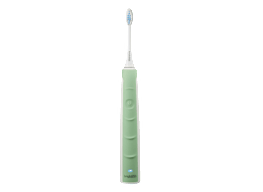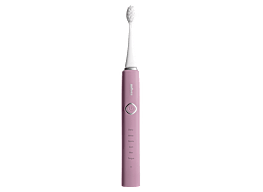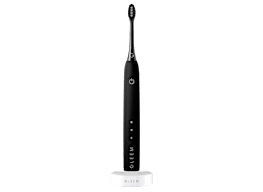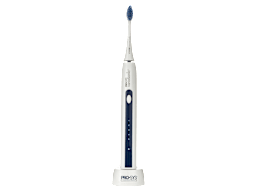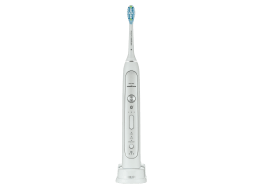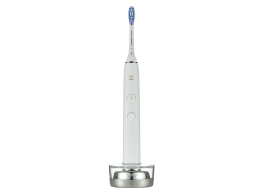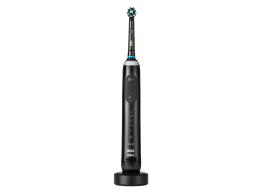Smarter: How to Keep Your Toothbrush Clean

Of all the things to keep clean, I would think that a toothbrush would be a top priority because we’re literally putting it in our mouths twice a day. So this week I’m looking into the right ways to clean and store your toothbrush.
Also in this issue: Our response to your question about how to keep track of streaming subscriptions, and is there a difference between laundry detergent and stain removal spray?
THE BIG STORY
I have to take better care of my teeth. That’s the lesson I learned multiple cavities and three crowns later.
I was a child who dreaded going to the dentist, and I’ve now advanced into an adult who still dreads going to the dentist but does her best to make the trip less traumatic. I floss every day now. And I do my best to brush my teeth the right way.
The other day, however, when I was brushing my teeth, I realized there was an important part of my oral care that I was neglecting: the toothbrush itself. Considering how much I was relying on this little brush to keep my teeth clean, I never paid much attention to the cleaning of the utensil itself.
QUIZ

Photos: Consumer Reports Photos: Consumer Reports
What’s the difference between a laundry detergent and a stain remover spray?
(The answer is at the end of the newsletter.)
ASK AN EXPERT
Question from reader Sherry Bullard:
How do I keep track of my streaming subscriptions?
Answer:
It can be overwhelming to try to remember all the streaming services you’re subscribed to. One thing you can do is to subscribe to all your services using just one credit card, says James K. Willcox, a senior electronics editor at CR who writes frequently about TVs and streaming services.
You can also subscribe to multiple streaming services through a single service, such as Amazon, Apple TV+, or Roku. You’ll be billed for those other services through that main account.
Also consider adding the dates that your streaming subscriptions will auto-renew, or when a free trial expires, to your calendar. This way you can decide which ones you want to keep and which ones you can live without before you have to pay.
Plus, if you’re looking to cut costs on streaming, you can check out the best free streaming services out there.
THE GOOD STUFF
Space heaters, if not used properly, can be dangerous. It’s one of the leading causes of home fires and accounts for 4 out of 5 home heating fire deaths.
Here’s what you should know to use your space heater safely.
MUST-READS OF THE WEEK
🚗 How to Protect Yourself in a Multicar Pileup
After a crash, it’s good to stay in your car rather than getting out immediately.
🍳 Find a Healthy Cooking Oil
Which has more saturated fat, extra virgin olive oil or sunflower oil?
✨ Get Your Floors Clean With Less Effort
For those who hate cleaning floors, these tools will make all the difference.
QUIZ ANSWER
Both stain remover sprays and liquid laundry detergents are typically made with the same ingredients. The main difference is that stain removers are meant to be used in their concentrated form, while laundry detergents are intended to be diluted with lots of water.
So if you have a tough stain you want to pretreat and you don’t have a stain remover spray at hand, you can dab some detergent onto the stain and let it soak for 5 minutes before washing.
And here are the best stain fighters, according to our tests (available to CR members).

"Be kind to your teeth. They need it."
Thanks for reading Smarter! If you want more tips that will make you a little bit smarter, sign up to have the newsletter delivered straight to your inbox every week.

















